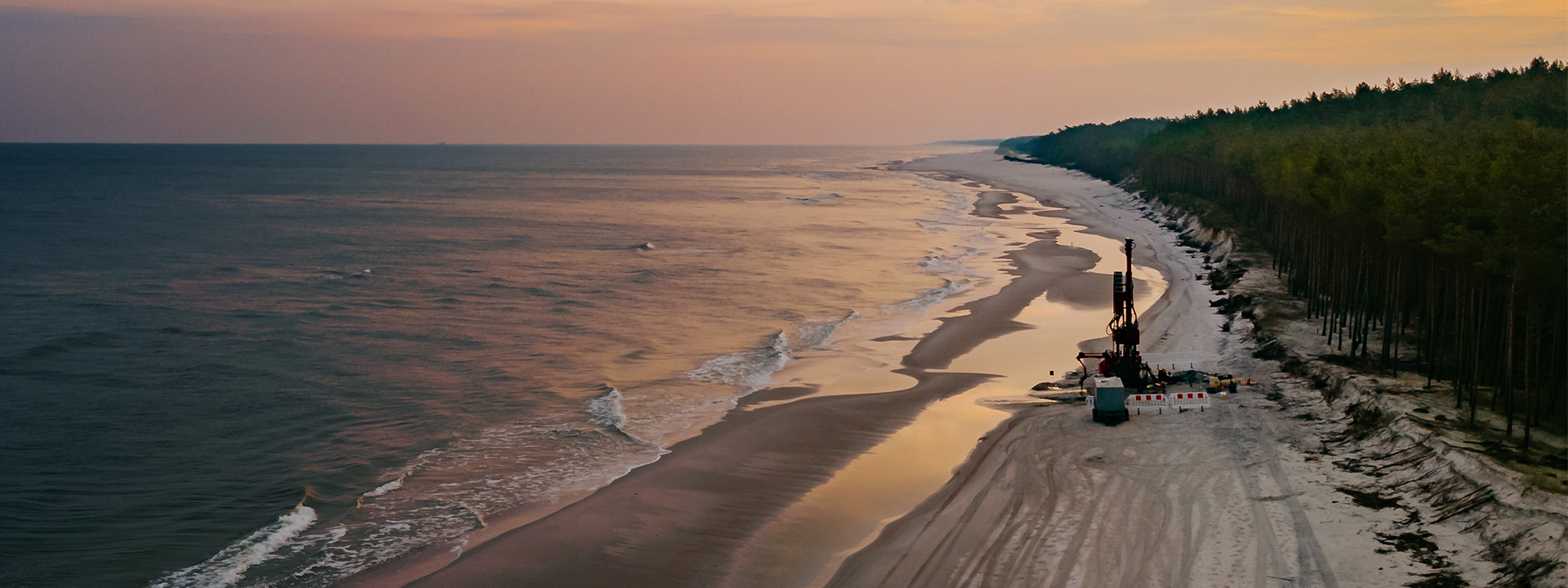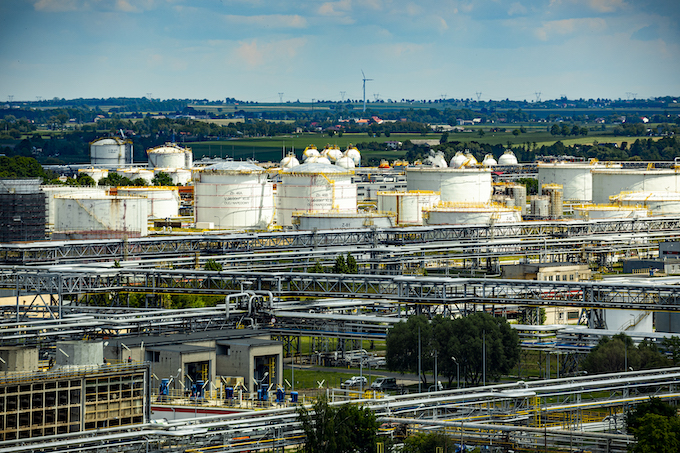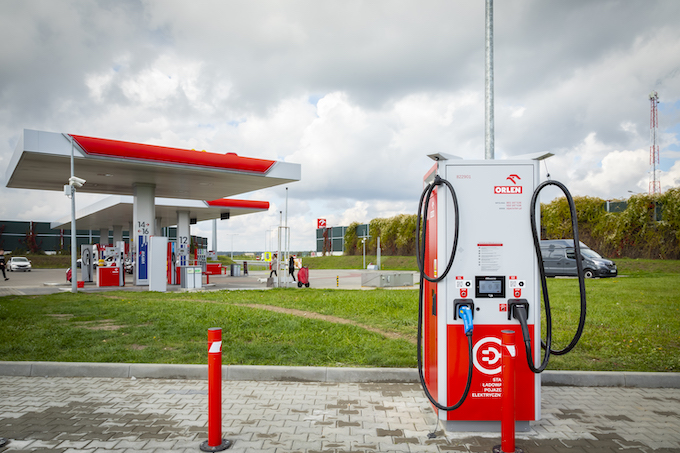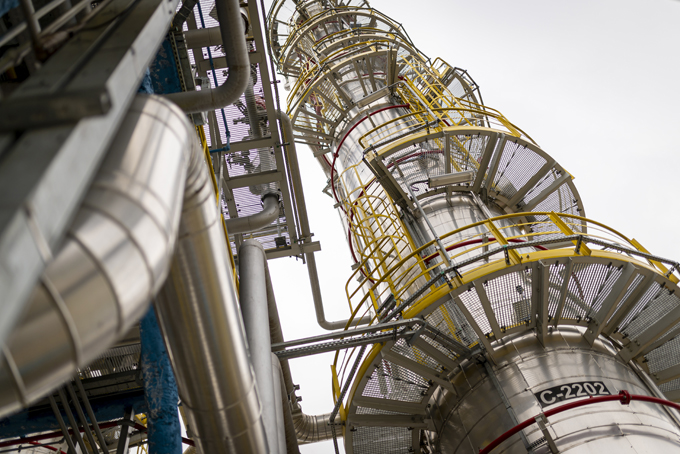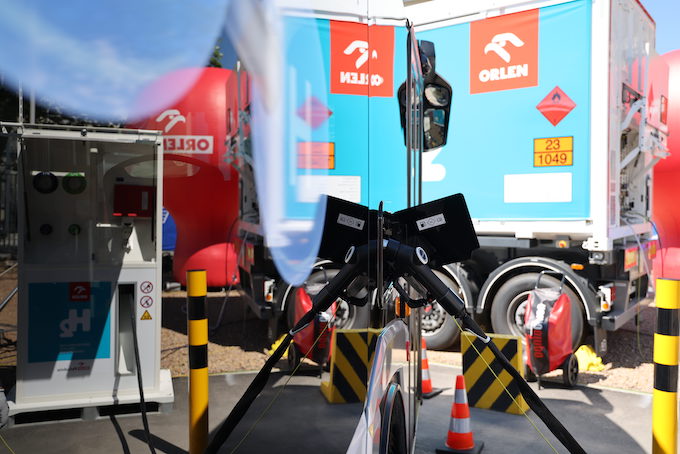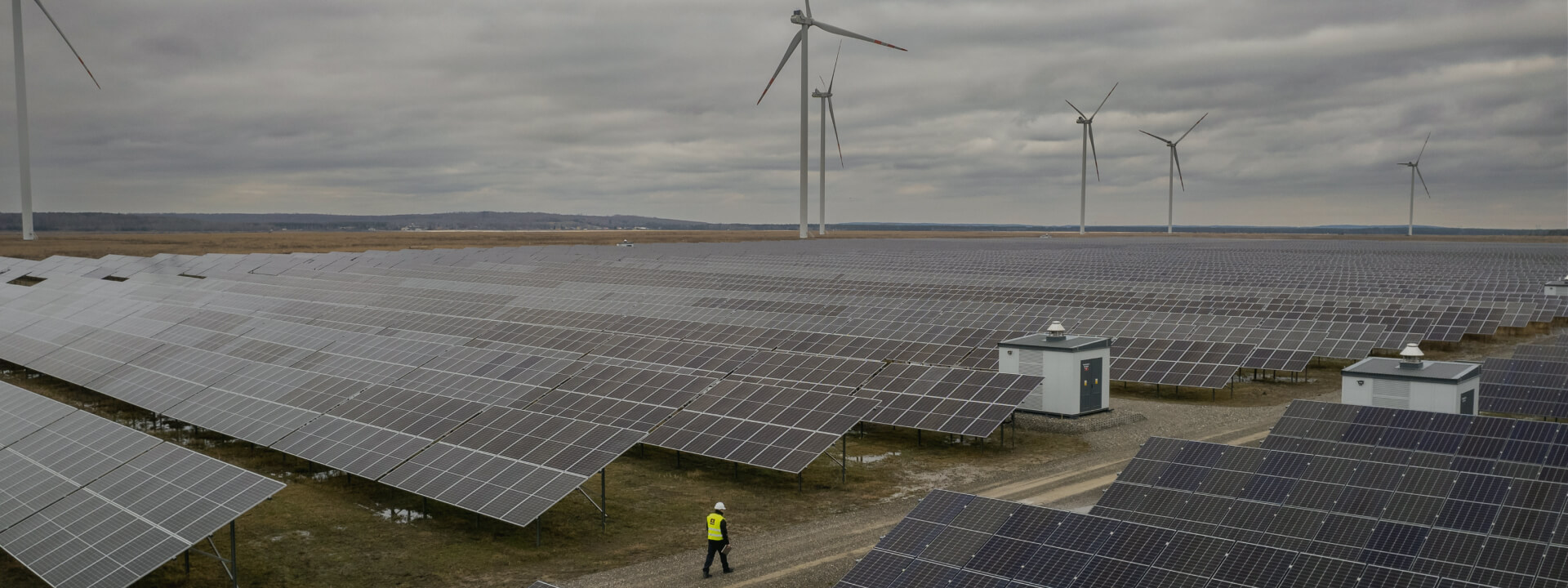Regulation (EU) 2020/852 of the European Parliament and of the Council of June 18th 2020 on the establishment of a framework to facilitate sustainable investment and amending Regulation (EU) 2019/2088 (“Regulation 2020/852”) has introduced the obligation to include in the Non-Financial Report of the ORLEN Group and ORLEN S.A. for 2022 information on how and to what extent their activities qualify as environmentally sustainable.
The technical screening criteria for determining whether a given economic activity qualifies as environmentally sustainable are set out in Commission Delegated Regulation (EU) 2021/2139 of June 4th 2021 supplementing Regulation (EU) 2020/852 of the European Parliament and of the Council by establishing the technical screening criteria for determining the conditions under which an economic activity qualifies as contributing substantially to climate change mitigation or climate change adaptation and for determining whether that economic activity causes no significant harm to any of the other environmental objectives (“Regulation 2021/2139”), and in Commission Delegated Regulation (EU) 2022/1214 of March 9th 2022 amending Delegated Regulation (EU) 2021/2139 as regards economic activities in certain energy sectors and Delegated Regulation (EU) 2021/2178 as regards specific public disclosures for those economic activities (“Regulation 2022/1214”)1.
The disclosure obligations have been further specified in Commission Delegated Regulation (EU) 2021/2178 of July 6th 2021 supplementing Regulation (EU) 2020/852 of the European Parliament and of the Council by specifying the content and presentation of information to be disclosed by undertakings subject to Articles 19a or 29a of Directive 2013/34/EU concerning environmentally sustainable economic. activities, and specifying the methodology to comply with that disclosure obligation (“Regulation 2021/2178”)2.
1 Regulation 2021/2139 and Regulation 2022/1214 are jointly referred to as the “Technical Screening Criteria”
2 Regulation 2020/852, Regulation 2021/2139, Regulation 2022/1214 and Regulation 2021/2178 are jointly referred to as the “Taxonomy”
